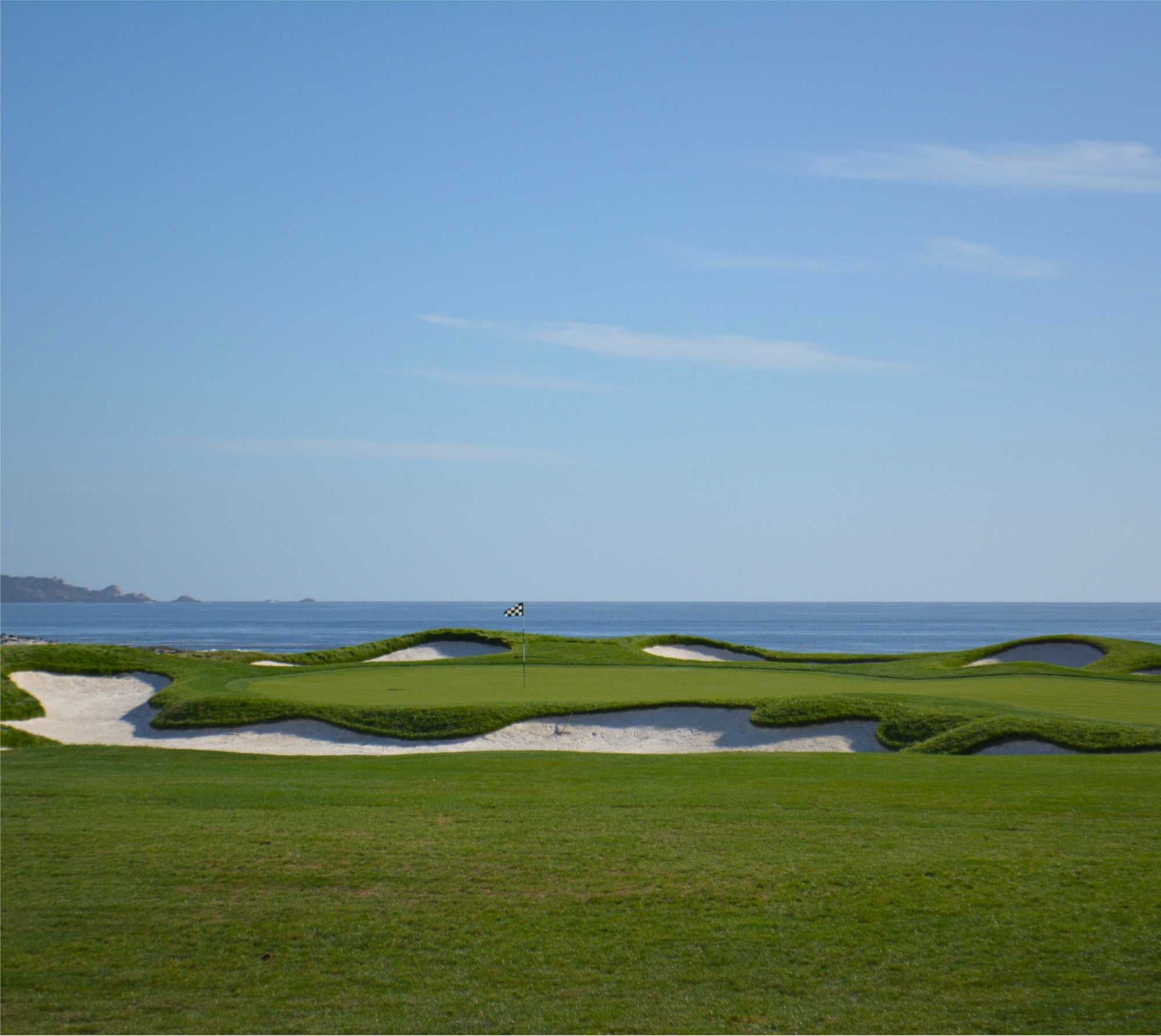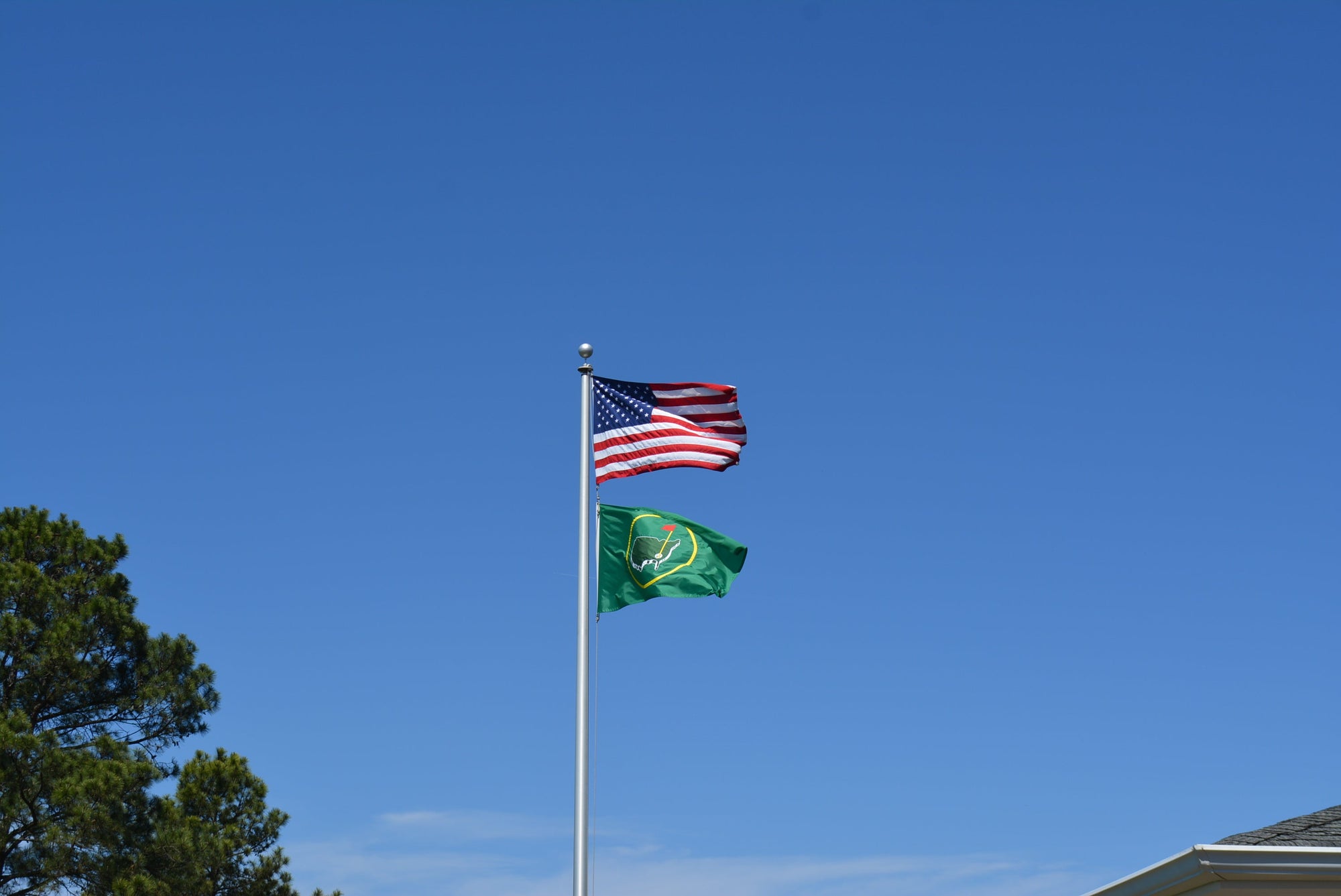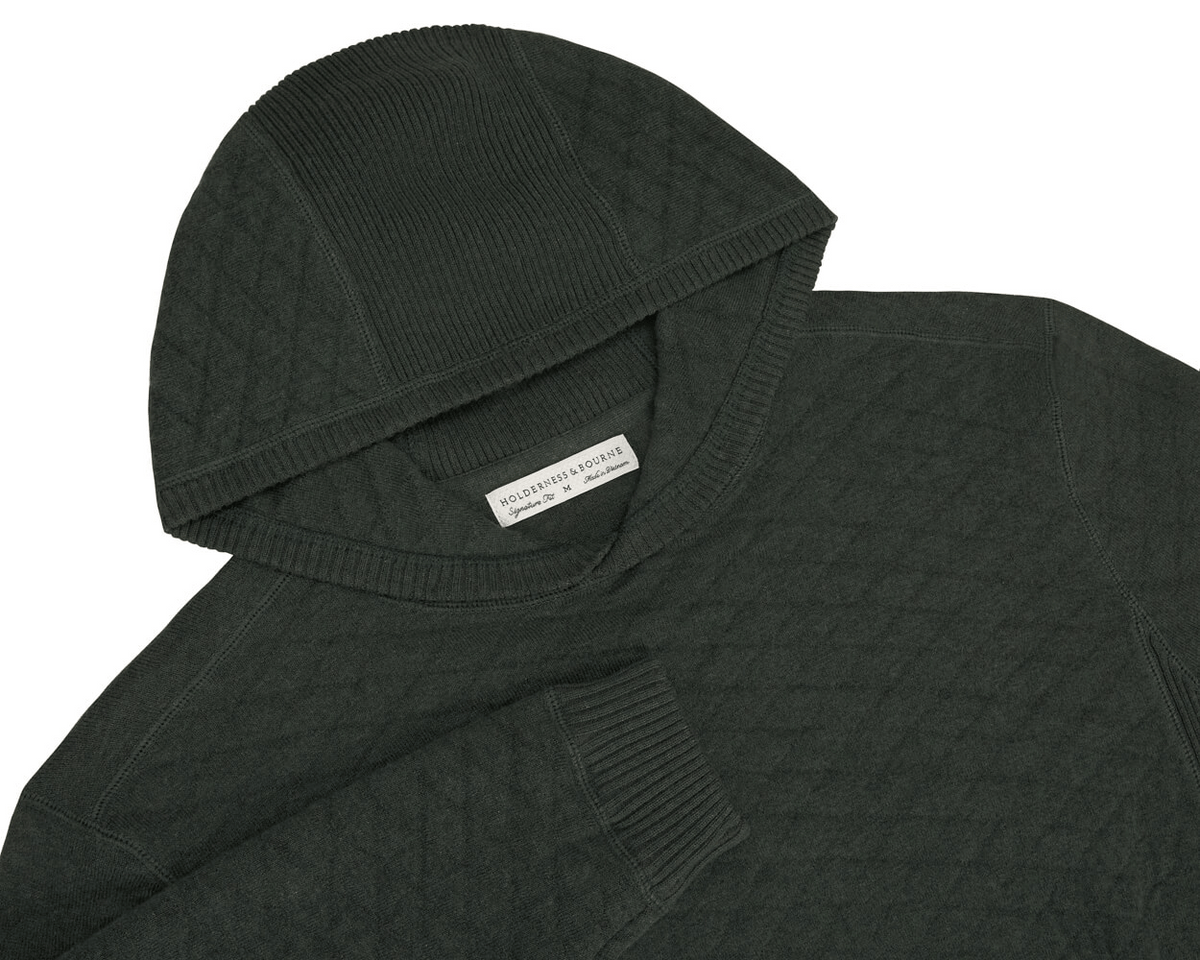
At the 2017 Masters, Bobby Jones’s legacy of amateur golfing excellence was embodied by Stewart Hagestad. A 26-year-old financial analyst from New York by way of the University of Southern California, Hagestad earned his invite to Augusta by winning the 2016 US Mid-Amateur in September. Seven months later, Hagestad made history, becoming the first US Mid-Am champion to make the cut at The Masters, and the first mid-am to be crowned low amateur since Jay Sigel in 1988.
Jones, a career amateur, would be proud. But he’d also be upset that amateur golf doesn’t occupy a grander stage in the American sporting public’s consciousness these days. After all, only a tiny fraction of golfers around the world are good enough to earn a living playing professionally, while the rest of us dutifully head to the course every weekend and take our cuts. Some amongst us happen to be blessed with a bucketful of talent, determined work ethic, and an understanding wife and/or boss (usually both). These guys enjoy competitive golf in settings that look and feel nothing like the madness of the PGA Tour - the mid-am circuit.
Mid-Ams, Defined
To qualify for the US Mid-Am, a competitor must be at least 25 years old and have a handicap of 3.4 or lower. The “mid” in “mid-am” serves to distinguish these players from regular amateurs, many of whom are in their teens or early twenties and still intend to make a run at professional tour golf.
The Vibe
If you think your Saturday morning fourball gets competitive, you don’t know the half of it. Many mid-ams are former college players, and several top competitors tried their hands in the professional ranks before giving up the dream and getting reinstated as amateurs. These guys hit it pure and usually roll it even better. They live to compete.
Although the competition on the course is cutthroat, it’s the vibe surrounding the events that keeps players coming back. The guys who compete in mid-am events all have busy lives - work, family, and other commitments. Their common connection comes in their shared love of golf. Swapping stories, spinning yarns, stacking the merits of one club against those of another...the grounds of a mid-am event are fertile with golf talk. Cocktail hours followed by coat and tie dinners are given pride of place. Great friendships are formed and strengthened.
Major Events
Just like the pro ranks, the mid-am circuit has a stable of big events that draw in the best players at this level of the game. While the mid-am “season” comprises a few dozen tournaments starting in February and going through October, the major season officially starts in late April with the Coleman. From then on through the US Mid-Am, competitors have the chance to tee it up at some of America’s most storied venues and battle for prestigious titles. If you run in any amateur golf circles, the following events might sound familiar. To paraphrase Judge Smails, they’re biggies.
George L. Coleman Invitational
Held every year at Florida’s sublime Seminole Golf Club, a seaside Donald Ross design known for its brilliant routing, the Coleman serves as the unofficial start to the mid-am season. The 54-hole stroke play tournament was started in 1992 by club president Barry van Gerbig, who returned from Pine Valley’s Crump Cup (discussed below) dead-set on reopening the golf world’s eyes to Seminole’s excellence. The tournament is seen by many as the mid-am equivalent of The Masters, both for its historic setting and its invite-only status.
Azalea Invitational
Speaking of The Masters, up the road in Charleston, SC sits Charleston Country Club, home of the Azalea Invitational. This 72-hole stroke play event mixes college players and mid-ams, and has seven spots open for qualification. The course has an unimpeachable legacy - a 1925 Seth Raynor design that was restored in 2006 by Raynor disciple and top-notch architect Brian Silva. As college players are invited, the Azalea has played host to a number of current PGA Tour players during their university days, including Rickie Fowler, Jordan Spieth, Patrick Reed, and Brandt Snedeker.
John G. Anderson Memorial
Played every year at Winged Foot Golf Club in Mamaroneck, NY, the Anderson Memorial is “the premier four-ball tournament in the world,” according to Links Magazine. The event is contested with 36 holes of stroke play followed by two days of match play. The tournament is named after one of the club’s founding members, a two-time runner-up in the US Amateur who also attended the foundational meeting of the PGA of America.
North & South Amateur
While not strictly a mid-am event, no list of major amateur events would be complete without the North & South. Played at the famed Pinehurst No. 2, it is the longest consecutively run amateur tournament in the country, having started in 1901. Winners of the invitation-only event join greats such as Jack Nicklaus, Curtis Strange, and Davis Love III on the trophy. Suffice to say, the event has pedigree in spades.
Crump Cup
Every year in late September a group of elite mid-ams from the US and UK gather at Pine Valley Golf Club outside of Philadelphia for a four-day stroke- and match-play tournament. Named for George Crump, the club’s founder and main course architect, the Crump Cup is probably the best-known private amateur golf tournament in the nation. On the final day of the event, the club opens its gates and allows public spectators in to watch the action. Last year, Augusta legend Jeff Knox took home the prize.
US Mid-Amateur
Sponsored by the USGA, the US Mid-Am plays out in a similar format to the US Amateur, with two days of stroke play followed by a 64-person match play bracket. The Mid-Am changes locations every year, and has visited Stonewall (PA), Conway Farms (IL), Kiawah Island, Milwaukee CC, and Bandon Dunes in recent years. As Stewart Hagestad found out, winning the Mid-Am (and the resultant Masters invite) can be a life-changing event.
Other top events on the men's "cocktail circuit" include the Walter J. Travis Invitational at Garden City Golf Club, the George C. Thomas Invitational at Los Angeles Country Club, and the relatively new USGA Four-Ball, played this year at Pinehurst.
How to Get In
The mid-am circuit is a unique blend of nepotism and meritocracy. Some of the best tournaments are invite-only, and retain their insular, golf-obsessed mentality because of this. But a talented mid-am who finds his way into one of these tournaments, shows well, and socializes with the right people can often find himself in possession of several more invites down the road.
Your best bet is to start with qualifying for the US Mid Am, which can be done by applying on the USGA website. Who knows where a few lucky bounces and well-read putts may take you.












